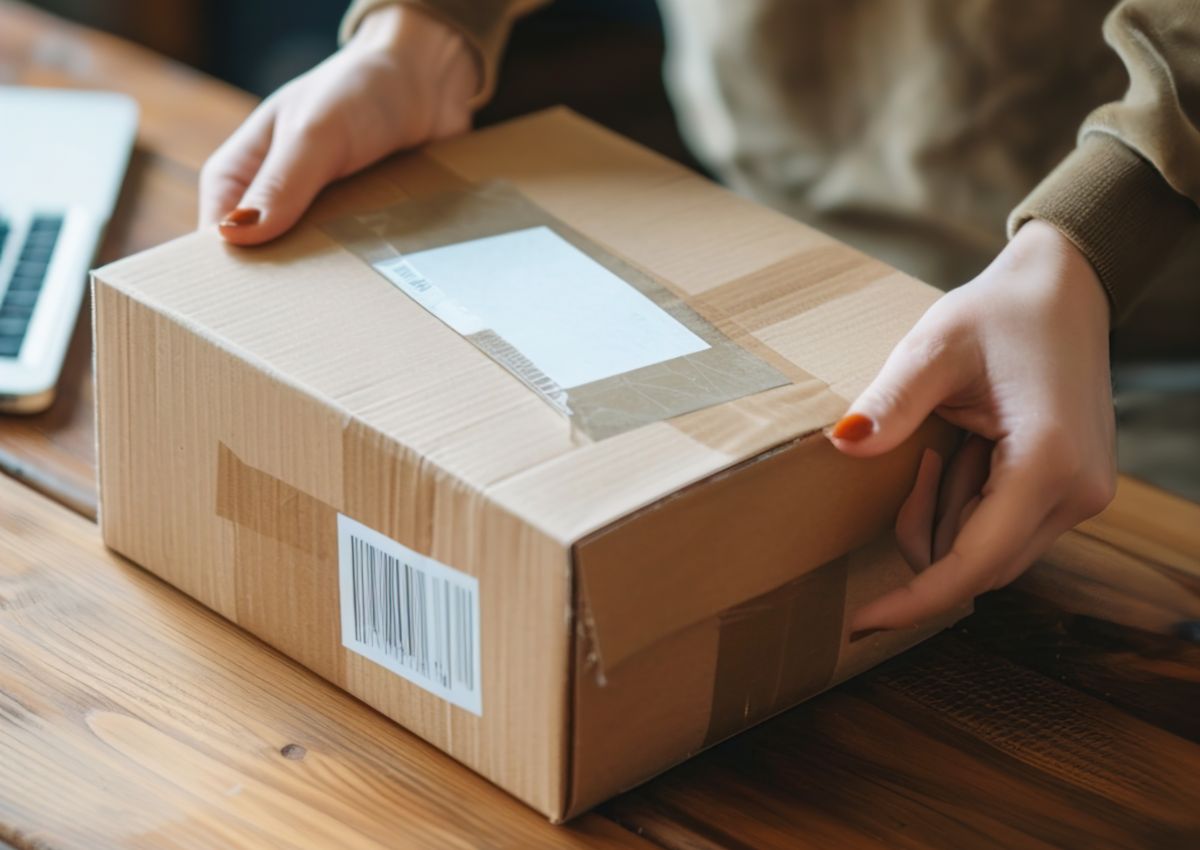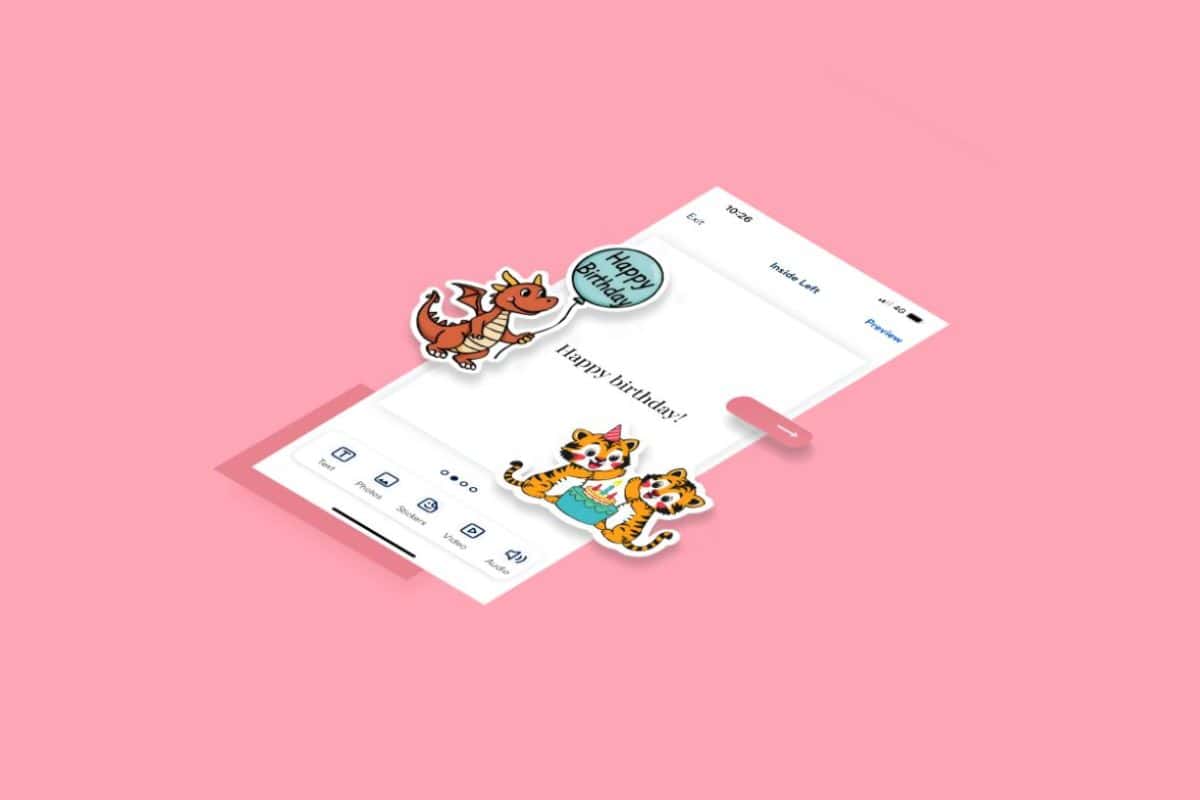How is the way we take delivery of the products we order online changing? Two sets of figures out today brought new insights into the answer.
Firstly, IMRG and Capgemini found, in a new report, that 19% of multichannel sales were click and collect transactions in the third quarter of this year (August to October). That’s up from 13% in the same period last year, via a fall to 11% in the first quarter of this year.
Then Royal Mail said ecommerce parcel deliveries were the engine of growth in its business.
The IMRG Capgemini Quarterly Benchmarking Index comes as companies from Tesco and John Lewis to Boots and even eBay now offer click and collect services, the latter trialling such services through branches of Argos.
“What we are seeing happen with click and collect is increasing consumer adoption driven by widespread retailer promotion who clearly feel that the convenience of the option can enhance the customer experience,” said Tina Spooner, chief information officer at IMRG . “The rate of growth demonstrates this level of support is working.”
Spooner said the IMRG now predicted click and collect sales would account for at least a quarter of multichannel online sales by the end of 2014.
Chris Webster, VP, head of retail consulting and technology at Capgemini , said: “With Christmas looming and the expected surge in eretail sales, customers are looking for increased convenience when it comes to delivery or collection of their shopping.
“While home delivery is perfect in theory, failed deliveries are a challenge for retailers and customers alike as we try to track down parcels, arrange for redeliveries and eventually collect them from far from convenient locations – what I call the accidental click and collect.
“Click and collect provides the ideal compromise enabling customers to collect their items at a time and place of their choosing, whether from a retailer’s high street store, a local shop or from one of the new locker services.”
Meanwhile, Royal Mail half-year figures showed the rising importance of ecommerce to its business model. Some 51% of all revenues now come from parcels, as letter volumes decline. In the UK, parcel revenues account for 40% of its postal service revenue. “Volume growth in the UK parcel business is being driven primarily by growth in e-retailing, which is driving B2C activity,” said Royal Mail chief executive Moya Greene. She said eretailing activity had slowed in the summer, but recovered to growth of 16% in October, according to the IMRG-Capgemini e-Retail Sales Index.
“We have a clear strategy to grow parcel revenue,” said Greene, “by leveraging structural trends in e-retailing and optimising our traffic mix.” The emphasis, the statement showed, would be on the customer. “It is vital that we continue to invest in the customer experience,” it said, pointing to investment in IT to improve customer convenience and the introduction fo click and collect services to Post Offices. Meanwhile small parcel sizes have been reconsidered in order to move towards competitive pricing for parcels of up to 1kg.
The update came as the newly-privatised delivery company reported pre-tax profits of £1.6bn on revenue of £4.5bn in the half year to September 29, up by 2% on the same time last year. But those profits were reduced to £233m following exceptional items including the ongoing costs of its transformation.








